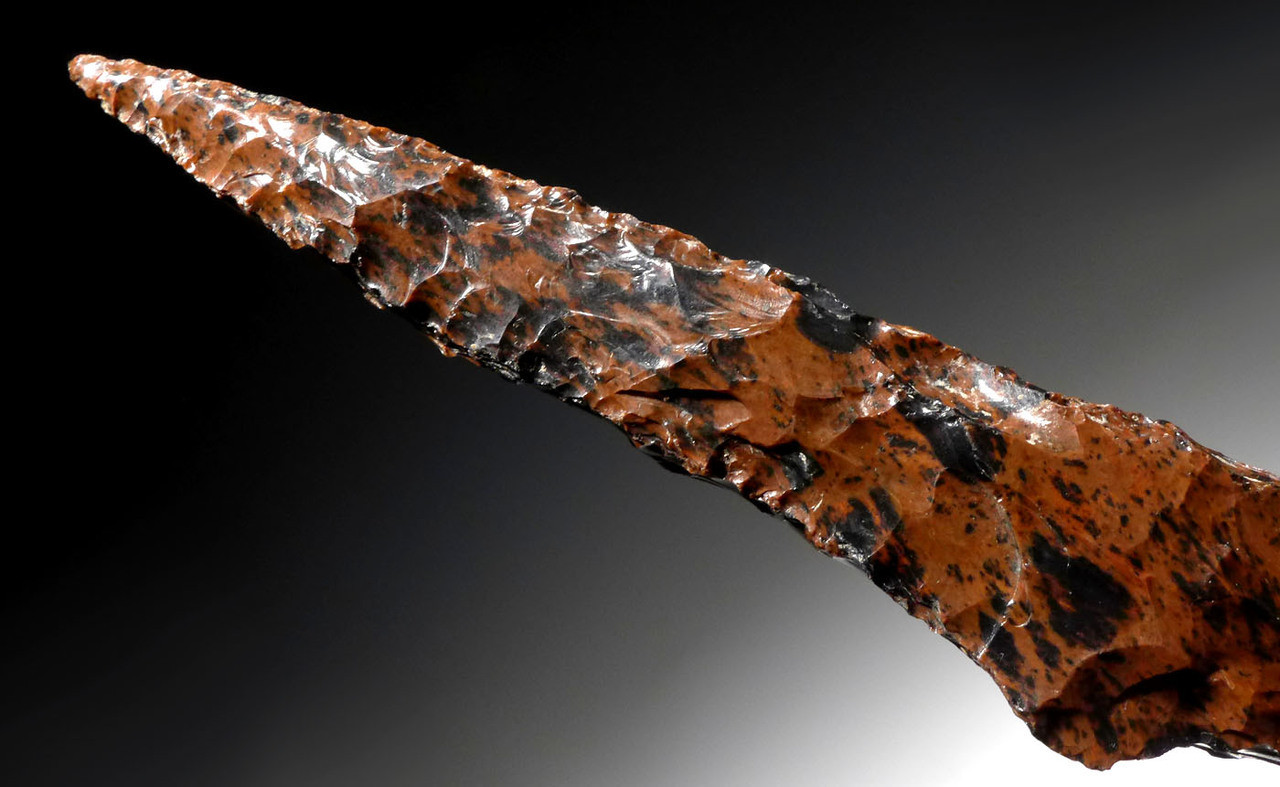

#RED OBSIDIAN SCALPEL SKIN#
Each rat received two parallel 8-cm dorsal skin incisions, one with an obsidian scalpel and the other with a surgical steel scalpel (no. In order to determine if skin incisions made with obsidian were superior to those made with standard surgical steel, wound tensile strength, scar width, and histology were assessed in 40 adult male Sprague-Dawley rats. “There are several anecdotal clinical articles claiming wound healing and scar superiority using obsidian (volcanic glass) scalpels. I realize that this is an old question, but just in case anyone else ever looks at this: Don’t you think the surgeon and the patient should be allowed to make informed decisions regarding the risks and possible benefits of any particular treatment or technique? Still, I would think that the blades can be used safely if the surgeon is aware of the limitations. The reason for the lack of approval/commercial interest and development is for the reason you stated: that the blades lack lateral stability and are prone to shattering if used incorrectly. Green stated in his e-mail that there was an appreciable difference from his experience. I have a feeling that if incisions were made that would typically leave a permanent scar, then there would likely be an appreciable difference.

When neither bridge collapses, you can’t say that there is no difference in the structural stability of wood and steel). All it says is that neither scalpel left a scar at the end, which would be an inconclusive result (it would be like having two bridges one made of wood and the other made of steel and putting 1 pound on each. As far as the no difference article, I don’t think that the study has shown that there is no difference. He told me that there weren’t any FDA approved obsidian scalpels on the market to his knowledge and that he uses them at his own risk. it is found in volcanic areas or areas were volcanism has occurred sometime in Earth’s history.Thank for the response. The fine-grain is due to quick cooling magma. Obsidian under the microscope showing a complex fine-grained texture. Another benefit to using obsidian scalpels is the reduction of healing time for surgical incisions. Given these unique characteristics a German company has created surgical tools that allow doctors to use obsidian instruments on patients who might be allergic to steel.

It is 3 times sharper than diamond and between 500-1000 times sharper than a razor or a surgeon’s steel blade resulting in easier incisions and fewer microscopic ragged tissue cuts. Surprisingly, the edge of a piece of obsidian is superior to that of a surgeon’s steel scalpel. Because of its sharp edges early man used it to make cutting tools or arrowheads. Obsidian has a conchoidal (shell-like pattern) fracture, which means that it breaks like glass and does not form any flat crystal facets.

Obsidian is considered more of an igneous rock than a mineral, since glass does not have the crystal structure that defines minerals. Obsidian hand sample showing the glassy texture. The result is a silicon dioxide glass with magnesium and iron to give it the dark color. Obsidian is a volcanic glass created when magma is extruded from a volcano and quickly becomes quenched (cooled) so that crystals have almost no time to grow. Today’s featured rock/mineral piece is on: Obsidian.


 0 kommentar(er)
0 kommentar(er)
